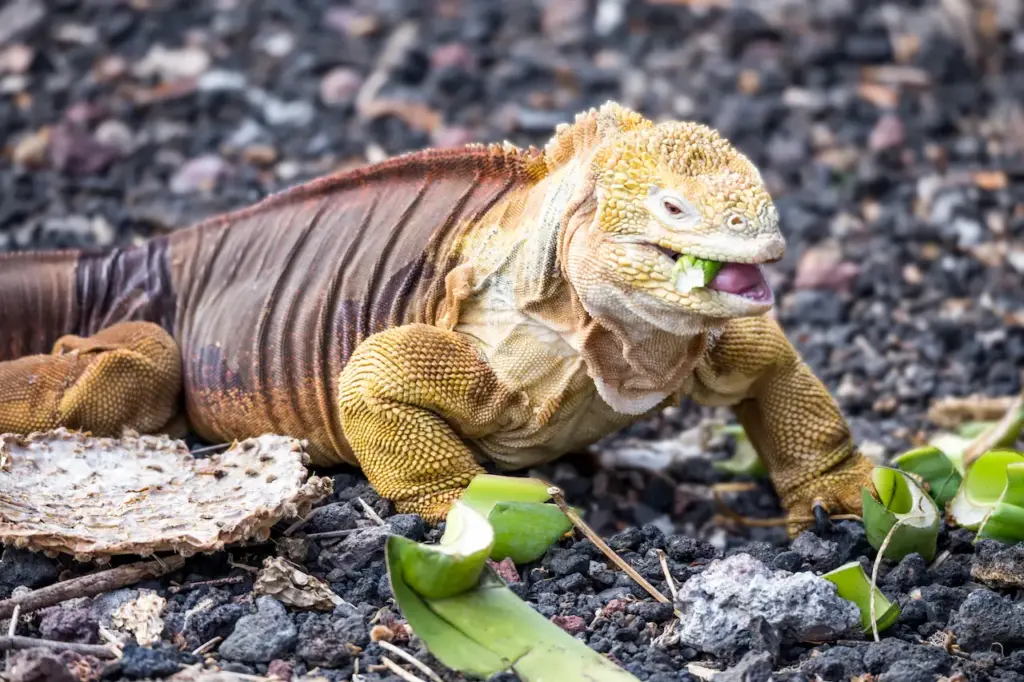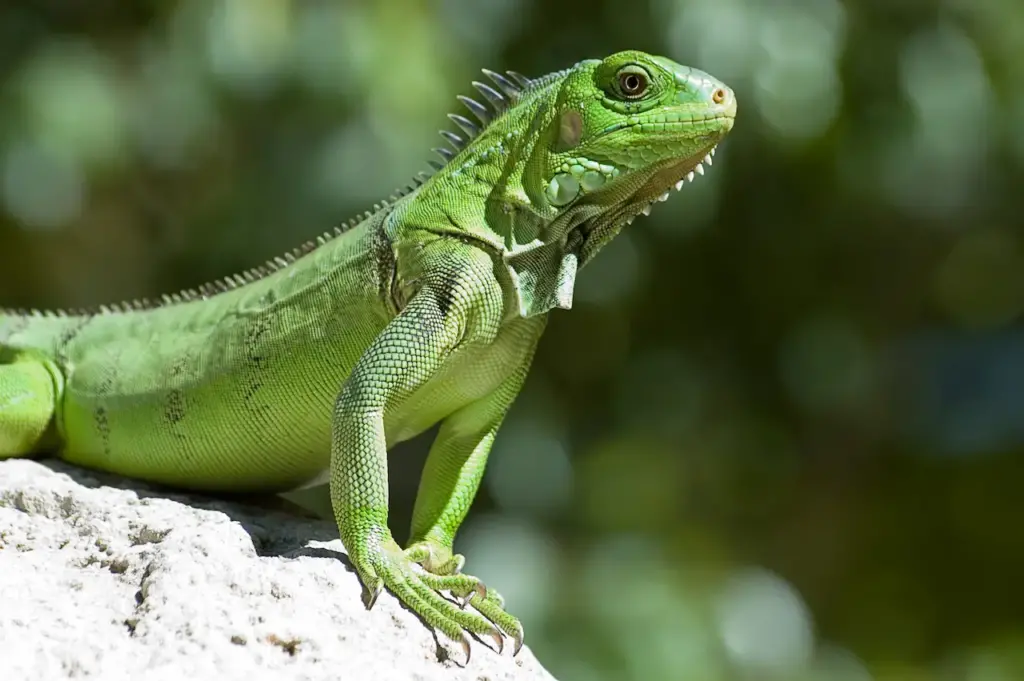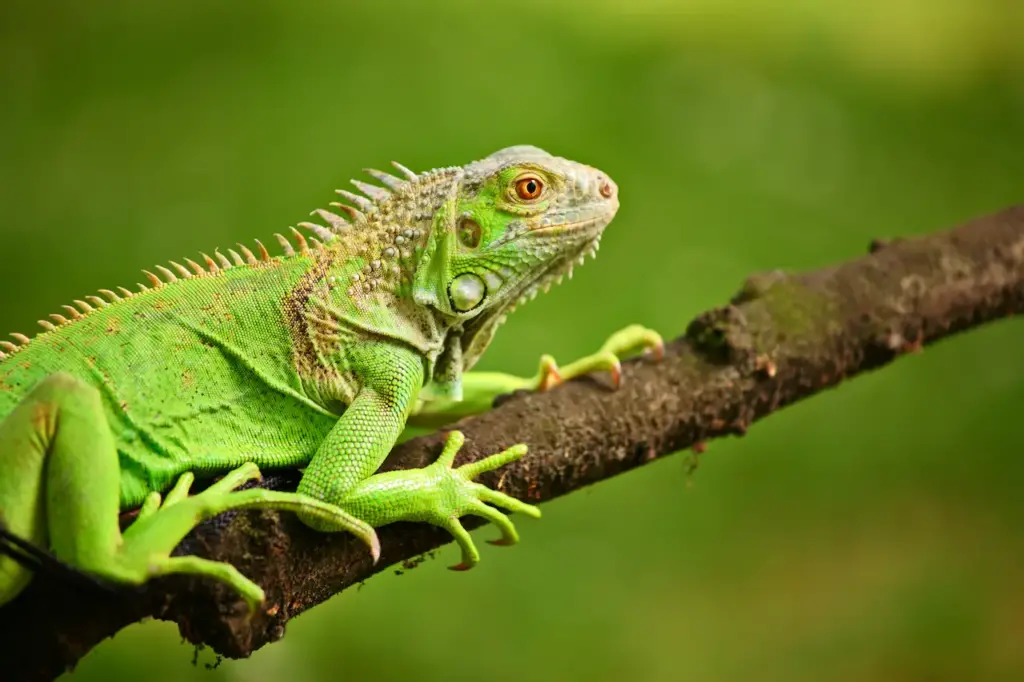What Eats An Iguana?
Categories
- Accipitridae (1)
- Acrididae (1)
- Algae (2)
- Alligatoridae (1)
- Amoebidae (1)
- Amphibians (3)
- Anatidae (1)
- Anguillidae (1)
- Arachnids (2)
- Bears (2)
- Big Cats (3)
- Birds (13)
- Bovidae (5)
- Bufonidae (1)
- Camelids (1)
- Cameras (1)
- Canines (13)
- Caridea (1)
- Carnivora (10)
- Castoridae (1)
- Cats (5)
- Cebidae (1)
- Cephalopod (1)
- Cervidae (2)
- Cetacean (1)
- Chondrichthyes (1)
- Crocodilia (2)
- Crustaceans (4)
- Culicidae (1)
- Cyaneidae (1)
- Dasypodidae (1)
- Dasyurids (1)
- Deer (1)
- Delphinidae (1)
- Desktop (1)
- Didelphidae (1)
- Dinosaurs (1)
- Dogs (13)
- Dolphins (2)
- Echinoderms (1)
- Education (10)
- Elephantidae (1)
- Equine (1)
- Erethizontidae (1)
- Erinaceidae (1)
- Farming (1)
- Felidae (5)
- Fish (5)
- Food Chain (31)
- Food Web (2)
- Formicidae (1)
- Frugivore (1)
- Gaming (1)
- Gastropods (1)
- Giraffids (1)
- Great Apes (2)
- Health Conditions (3)
- Herbivore (4)
- Hi-Fi (1)
- Hippopotamidae (1)
- Hominidae (1)
- Insects (10)
- Invertebrates (2)
- Keyboards (1)
- Laptops (1)
- Leporidae (1)
- Mammals (23)
- Marsupials (4)
- Mephitidae (1)
- Microchiroptera (1)
- Mollusks (2)
- Mongoose (1)
- Muridae (1)
- Nocturnal Animals (1)
- Odobenidae (1)
- Omnivore (2)
- Phasianidae (1)
- Phocidae (1)
- Plankton (1)
- Plants (2)
- Primate (1)
- Ranidae (1)
- Reptiles (7)
- Rhinocerotidae (1)
- Rodents (5)
- Salamandridae (1)
- Scarabaeidae (1)
- Sciuridae (2)
- Sharks (1)
- Shellfish (1)
- Sound (1)
- Spheniscidae (1)
- Suidae (1)
- Superfamily Papilionoidea (1)
- Theraphosidae (1)
- What Eats (5)
Introduction
The tropical rainforests of Central and South America are home to many iguanas. These lizards have a maximum length of six feet and a maximum weight of nine pounds. Although iguanas are herbivores, certain other creatures feed on these reptiles.
Because of their size and fury, predators typically target young, frail, or injured iguanas, leaving larger ones unharmed. The creatures that consume iguanas and their motivations are listed below.
Table of Contents
Toggle1. Alligators
One of the primary predators of iguanas is the alligator. These reptiles will consume almost anything, even iguanas, that they get their mouths on. Iguanas who are swimming in the water or enjoying the sun are frequently attacked by alligators, who then devour them.
Usually, alligators ambush their prey close to water sources to hunt. They approach an iguana by using their excellent sense of smell and stealth. The alligator suddenly accelerates and leaps forward, snaking its strong jaws around the iguana. With a deadly bite, its razor-sharp teeth pierce the iguana’s strong skin.
After capturing its victim, the alligator drags the squirming animal into the water, where its powerful jaws rip it apart and drown it. The iguana’s flesh, bones, and even some of its rough scales may be consumed by the alligator thanks to its robust digestive system, which also effectively extracts nutrients from the meal.
2. Bald Eagles
Bald eagles usually hunt near areas of water, such as lakes, rivers, and beaches, where iguanas are frequently encountered. A bald eagle will spot an iguana and use its incredible speed and accuracy to descend from above and seize the animal with its keen talons. When the iguana is captured, the eagle will take it to a private area or a neighboring perch so it can eat its meal in peace and safety.
The eagle will rip into the iguana’s flesh with its strong beak, starting with the softer areas like the abdomen. The bald eagle’s beak can pierce the iguana’s defenses, even with its tough and scaly covering. After that, the eagle would meticulously eat the iguana, severing tiny chunks of flesh and consuming them whole. After consuming the most nutritious components of its meal, the eagle may reject any leftover remnants, such as bones or harder skin.
By using this eating technique, the bald eagle can obtain the most energy and nutrients from its prey which contributes to its remarkable aerial agility and keeps it a dangerous predator in its natural habitat.
3. Feral Pigs
Owing to their omnivorous and opportunistic eating patterns, feral pigs have been observed to eat a diverse range of animals, including iguanas. When given the chance, wild pigs usually dig through the forest floor or other areas where iguanas might be found using their strong snouts. Their excellent sense of smell helps them find and pursue possible prey, including iguanas. The pig will chase after an iguana if it spots one or smells one, and it will frequently use its speed and agility to get closer.
The pig will use its powerful jaws to grab the iguana when it gets close, overwhelming it with sheer force. Feral pigs are tenacious predators who can cause fatal damage with their sharp fangs and strong bite. After the iguana is defeated, the pig will eat it, biting into its flesh with a ravenous appetite. This eating is the pig’s primary means of nutrition and also shows how adaptive it is to use a variety of food sources in its surroundings.
4. Egrets
Egrets are wading birds that live near bodies of water. As opportunistic eaters, egrets grab prey whole or in big chunks with their keen bills. If an egret is successful in capturing an iguana, it will probably use its bill to seize and immobilize the fighting reptile, then swallow it whole, depending on its digestive tract to break down the tough skin of its meal. But these kinds of predation incidents involving big prey, like iguanas, are comparatively uncommon and rely on elements like the egret’s size and degree of hunger.

A Galapagos Land Iguana Eating Vegetables
5. Coyotes
Coyotes are members of the dog family and are found in North and Central America. Coyotes will eat just about anything, but they do prefer to hunt small mammals like rabbits and rodents. Iguanas are sometimes on the menu for these predators.
Opportunistic hunters, coyotes are distinguished by their flexible dietary habits. To capture their target, they usually use speed and stealth when hunting iguanas. When an iguana is trapped, a coyote will use its powerful jaws to fatally bite it in the neck or head, rendering it unconscious in a matter of seconds. The iguana’s flesh may then be torn apart and eaten in bite-sized pieces. Because coyotes are expert scavengers, they might save the iguana for later use or come back to finish the meal if it isn’t finished all at once.
6. Mountain Lions
Mountain lions are the largest predators of iguanas. Mountain lions, sometimes referred to as pumas or cougars, are ferocious predators renowned for their skill in the field of hunting. Stealth and surprise are usually the methods a mountain lion uses to hunt an iguana. These big cats find their prey by using their acute senses of hearing, scent, and sight. They use a mix of ambush and stalking strategies to close the distance once they spot an iguana. The mountain lion charges at the gullible reptile and uses its strong jaws to kill it by biting its neck or head, rendering it unconscious in an instant.
Because they are adept at taking down their prey swiftly, mountain lions will soon start feeding on the subdued iguana, ripping through the meat with their razor-sharp teeth and gorging on the healthy meat. Though they like larger prey, mountain lions are opportunistic hunters who will not hesitate to take down smaller species, such as iguanas, when the chance presents itself.
7. Humans
Various techniques are used by humans to hunt iguanas, depending on the terrain and regional traditions. Hunters may shoot iguanas with rifles or shotguns in areas where they are common and regarded as food sources. When hunting is prohibited or difficult, hunters may turn to rudimentary tools like blowguns, slingshots, or traps to capture iguanas.
Furthermore, some hunters use dogs that are taught to locate and corner iguanas hiding in shrubs or trees. After being captured, iguanas are usually killed and prepared for eating; in many tropical areas, their meat is a popular source of protein.
Conclusion
Iguanas are preyed upon by a variety of animals, including coyotes, crocodiles, dogs, bears, and bass. These predators kill iguanas in different ways, but all of them share the common goal of eating the lizard. Iguanas have evolved defences against some predators, but they are still vulnerable to attack.


